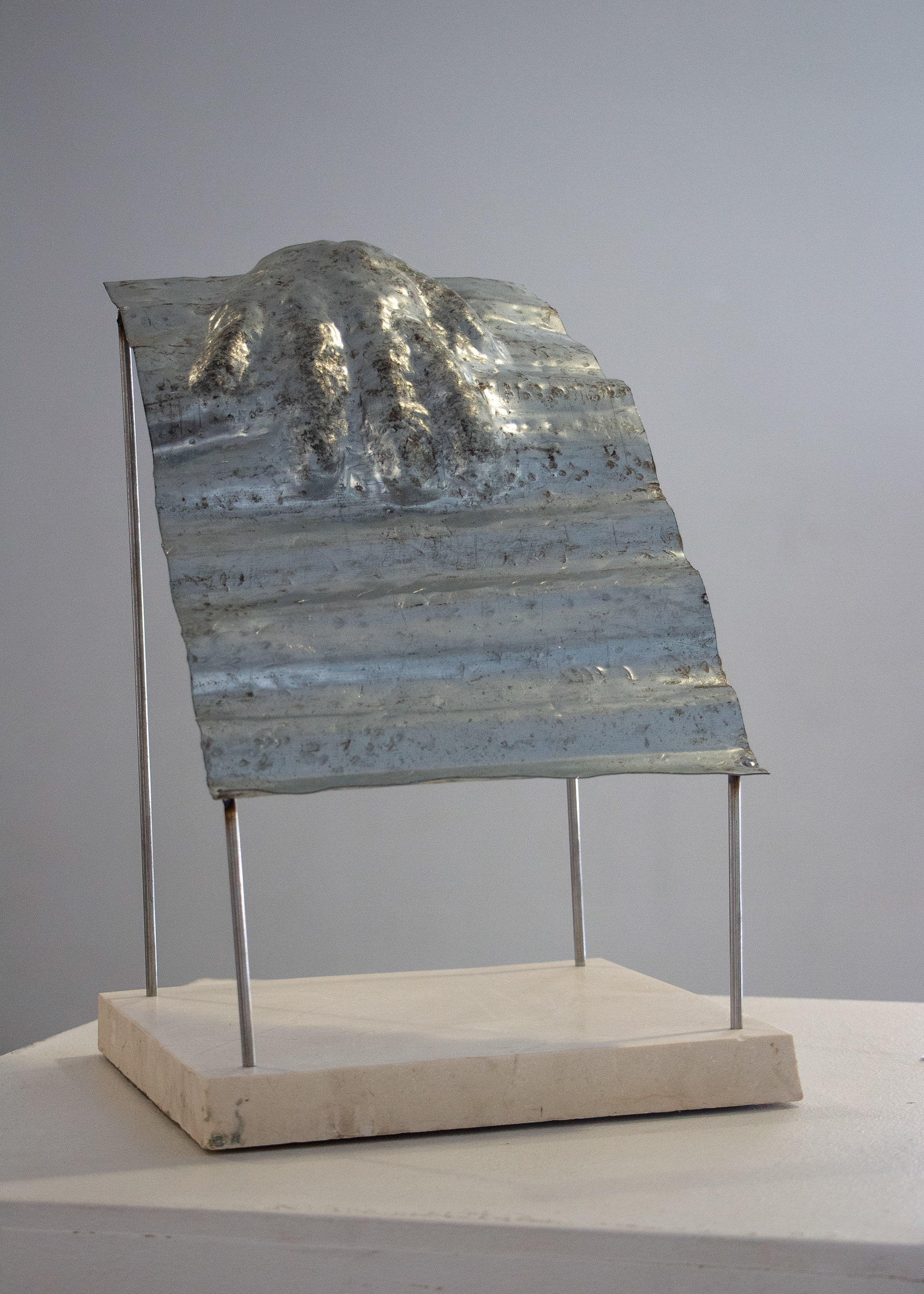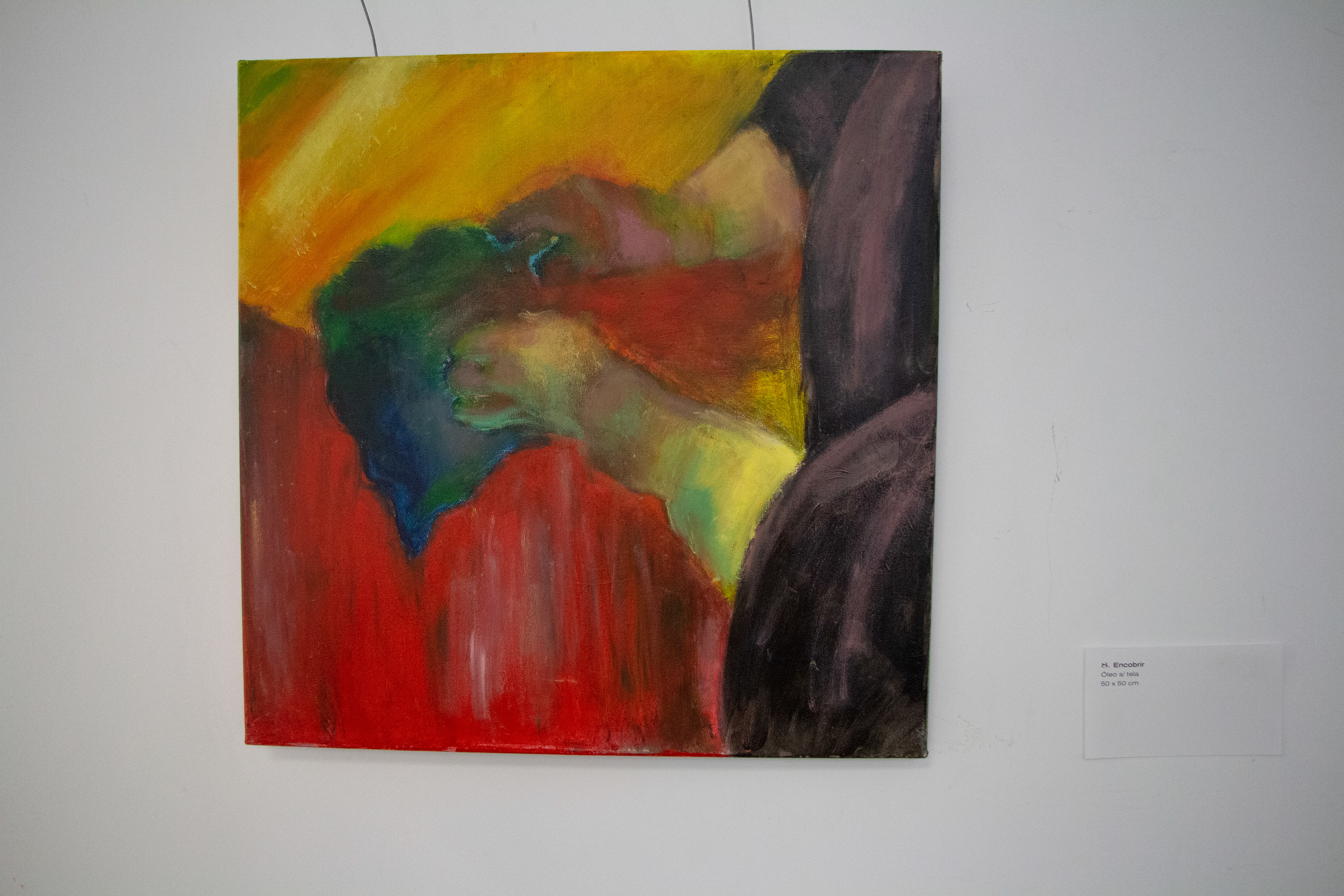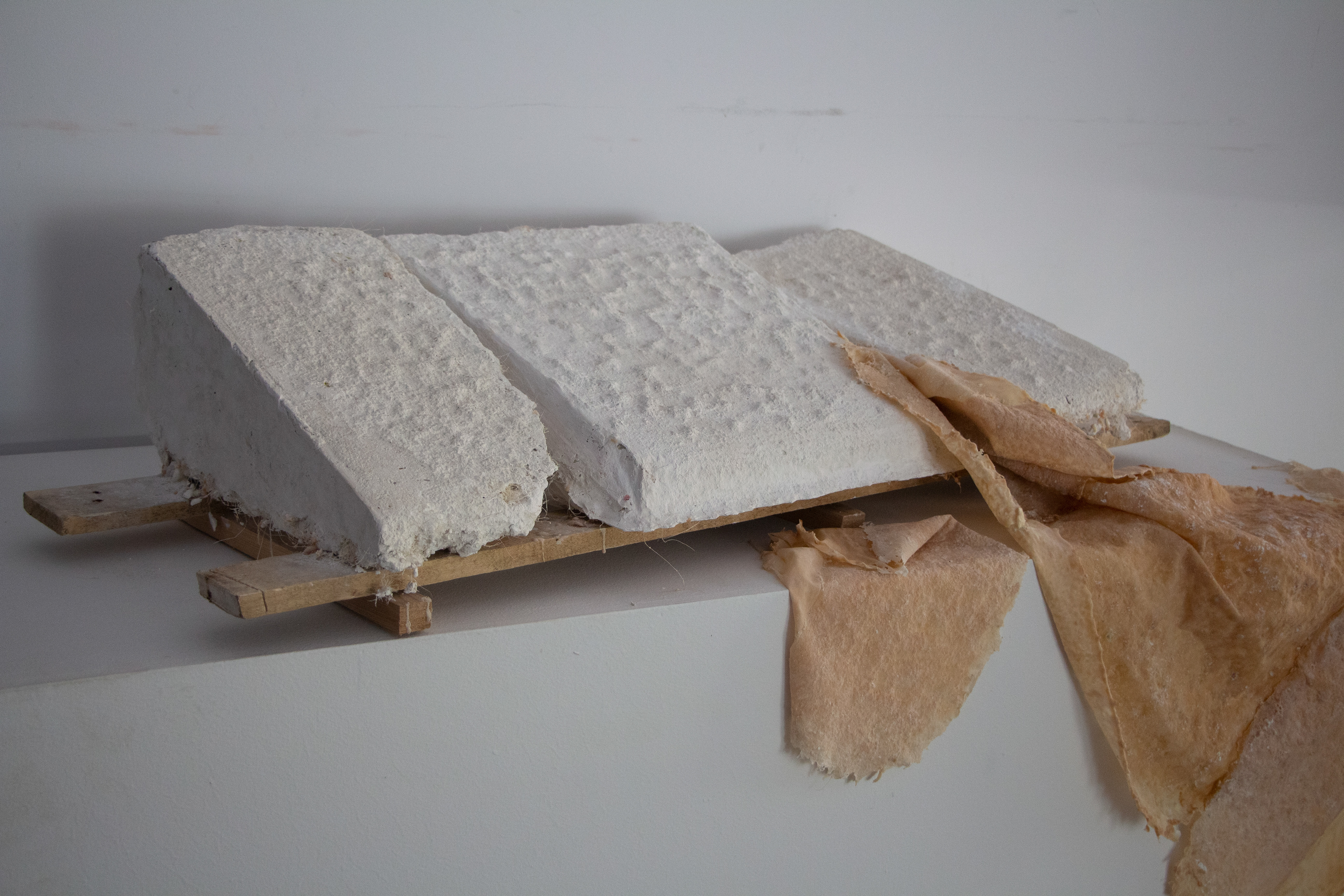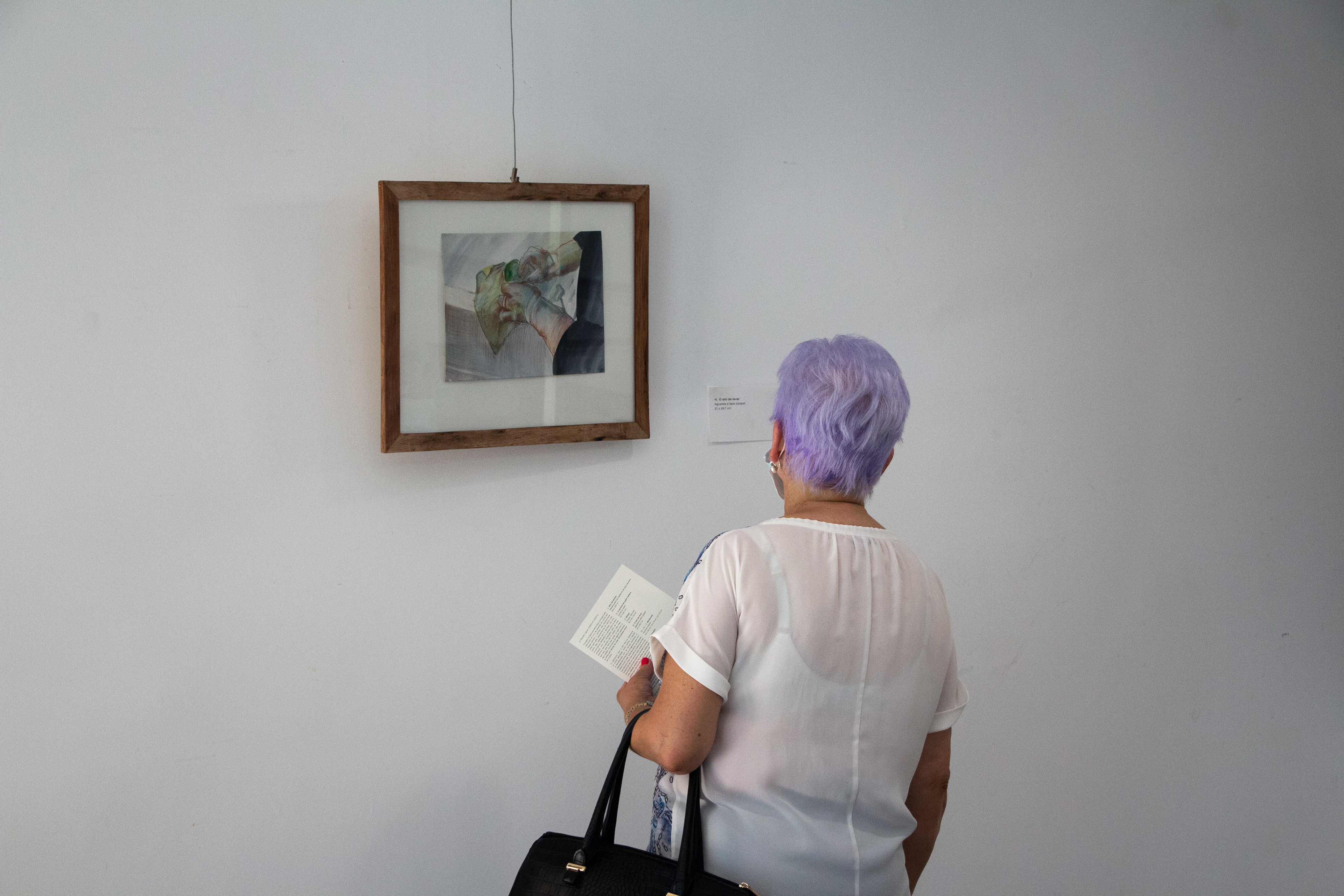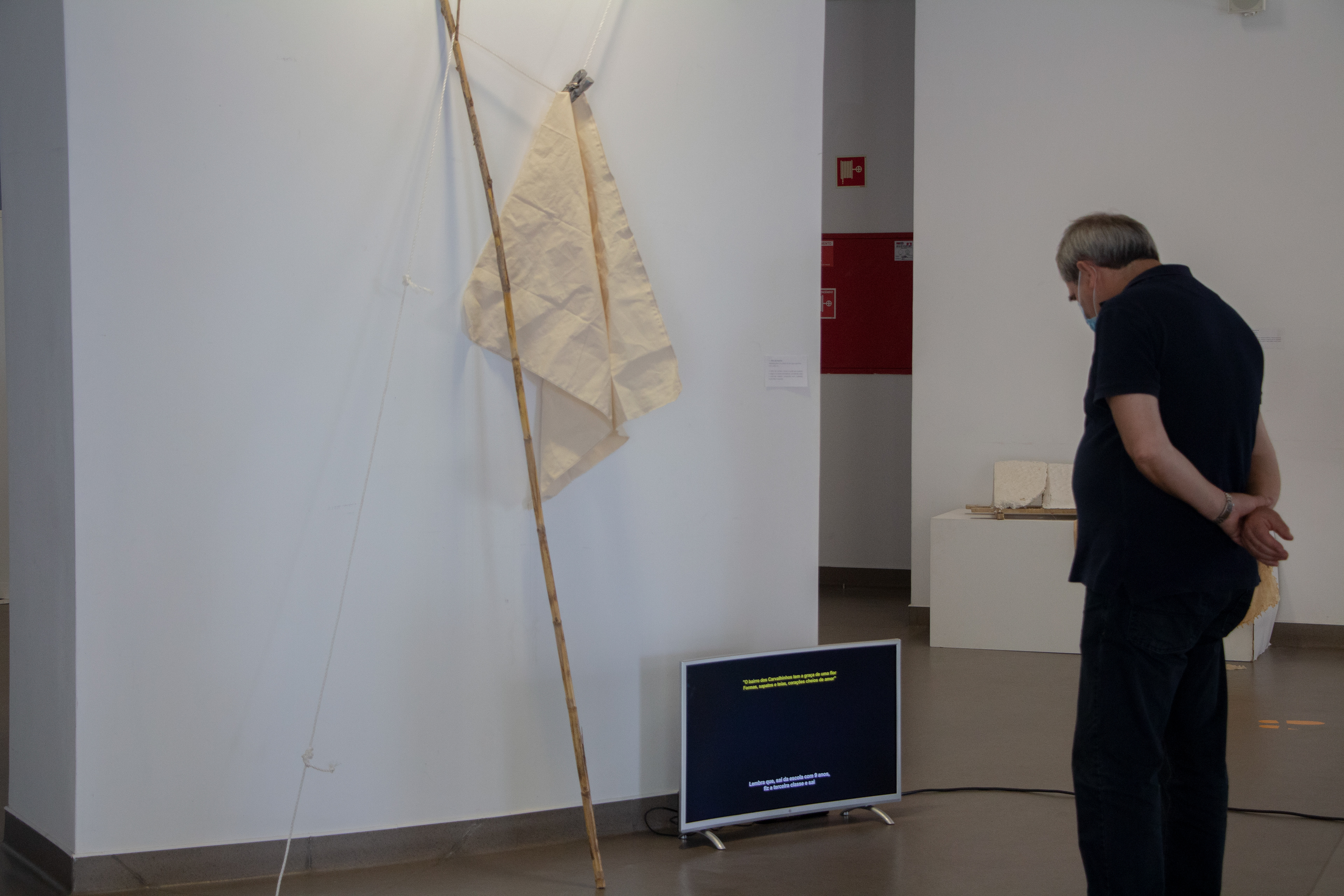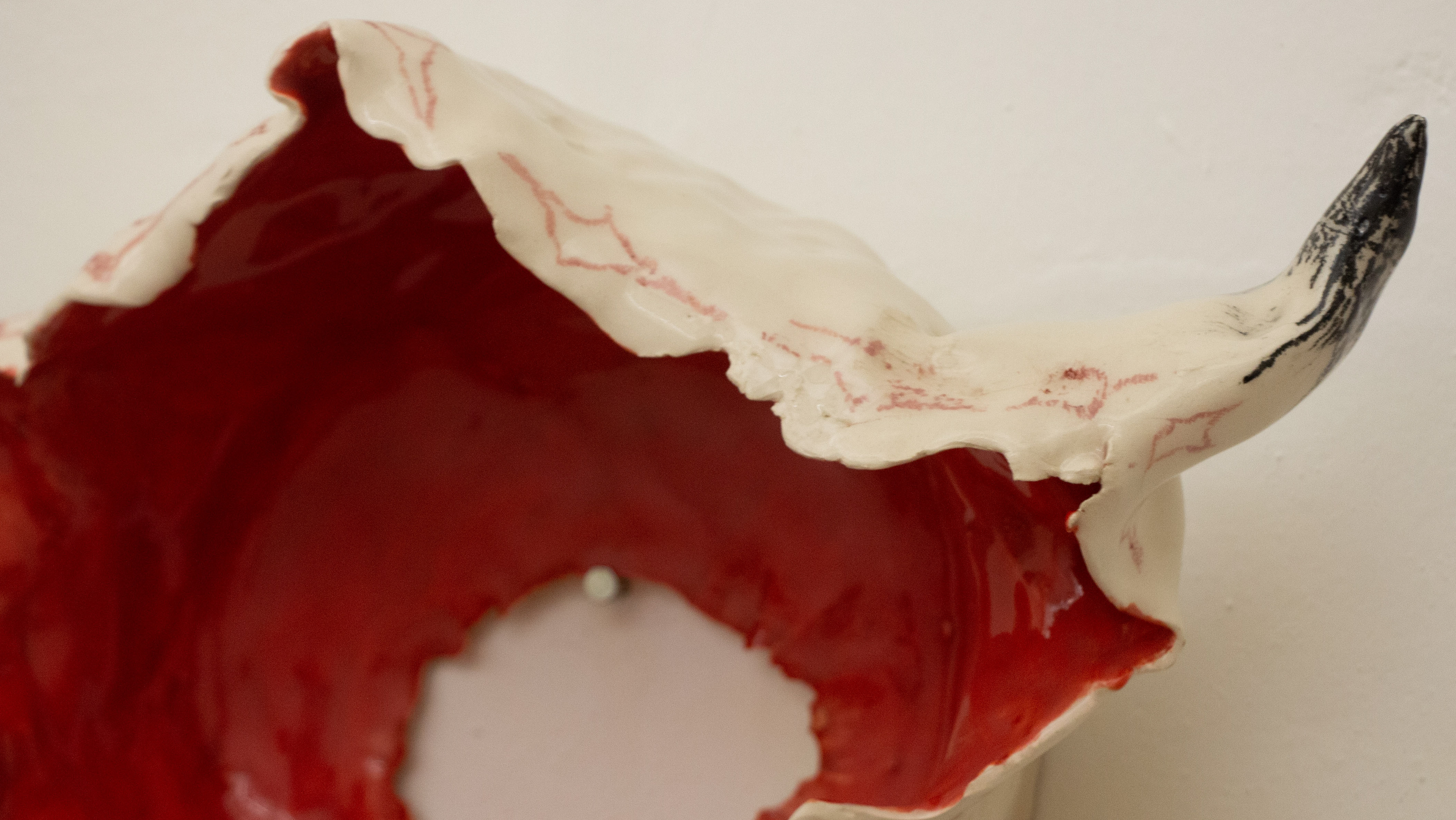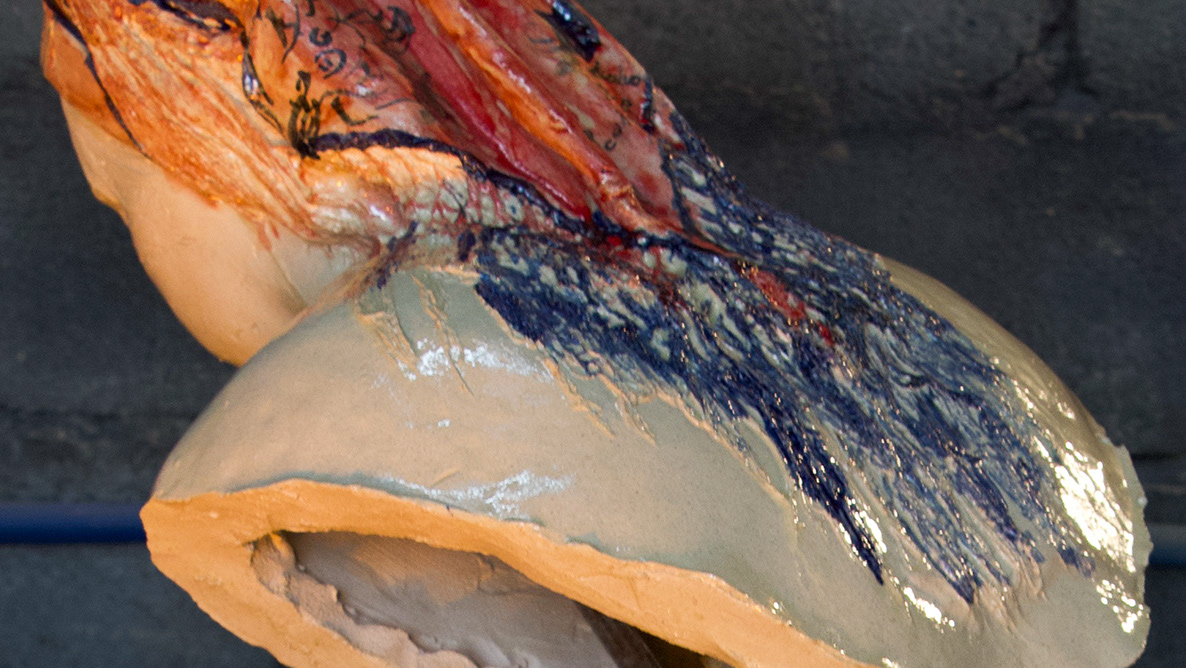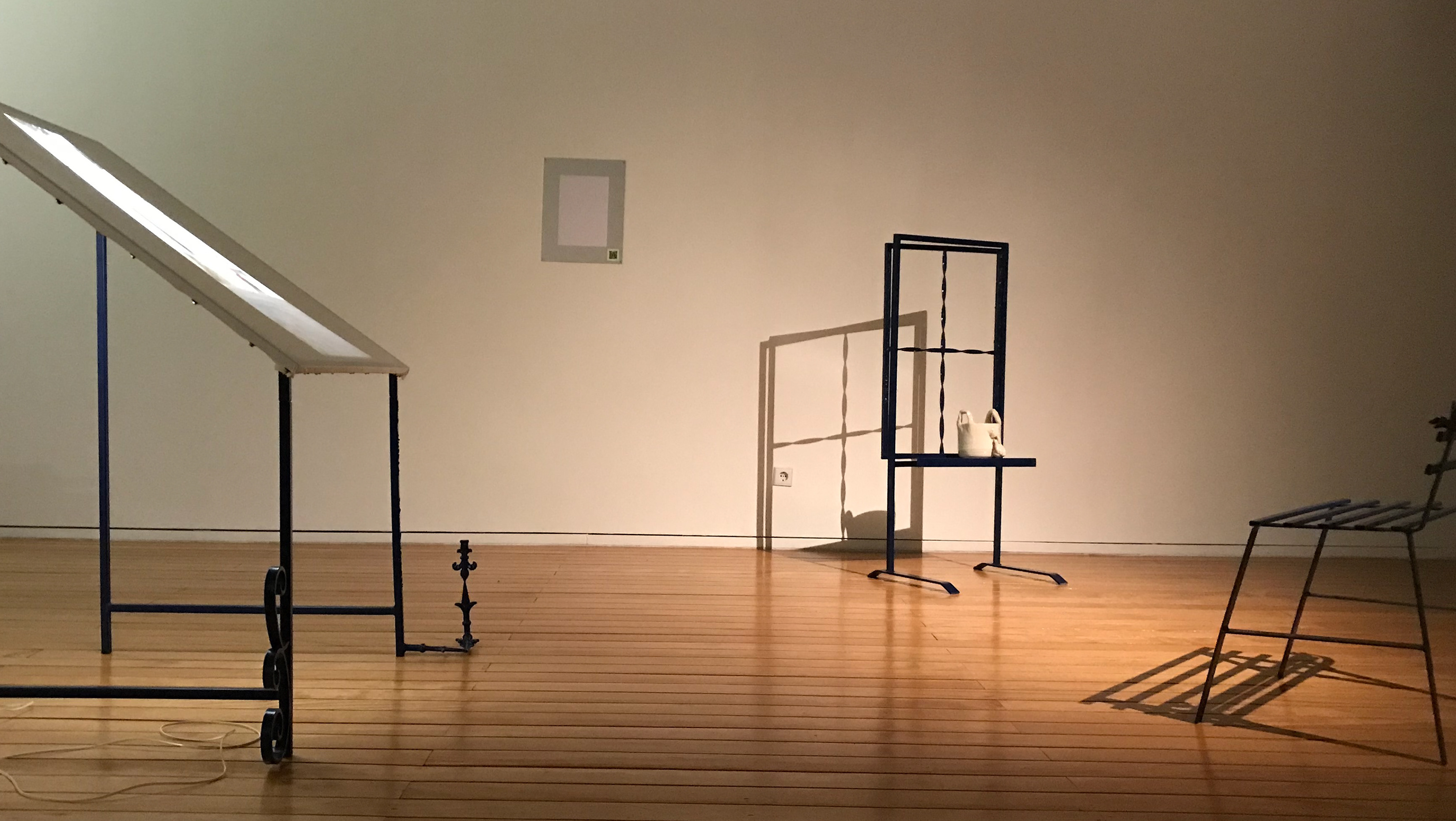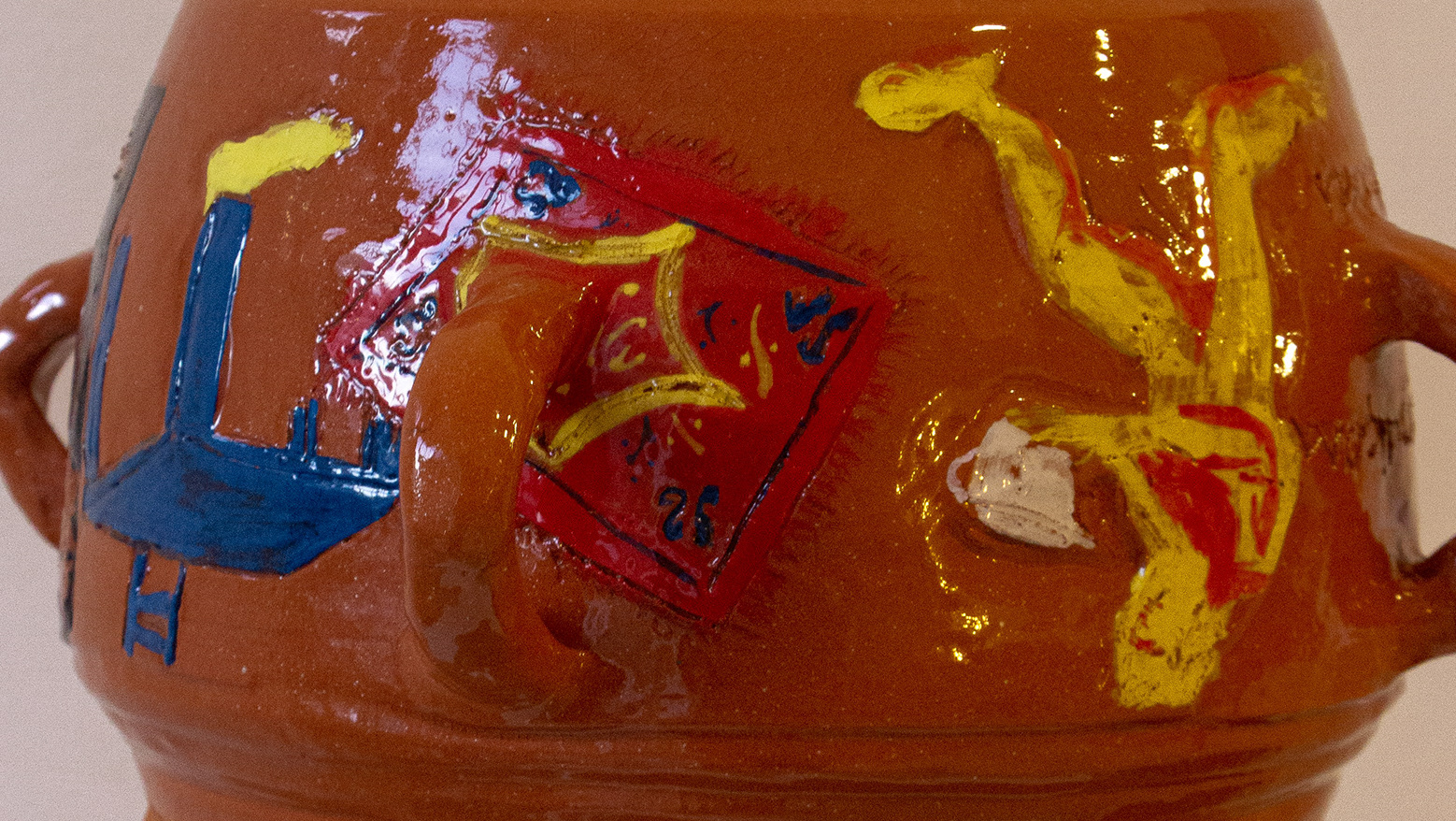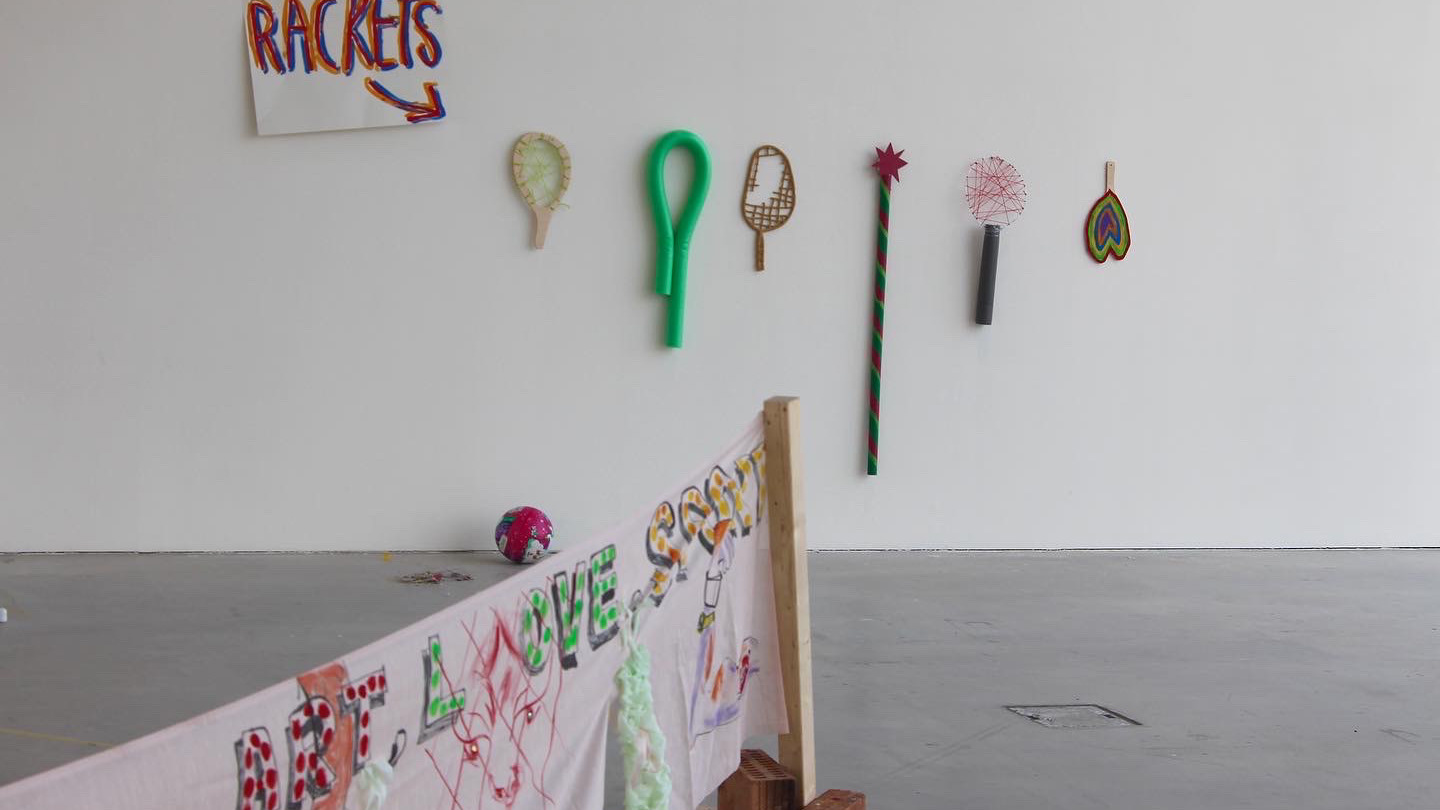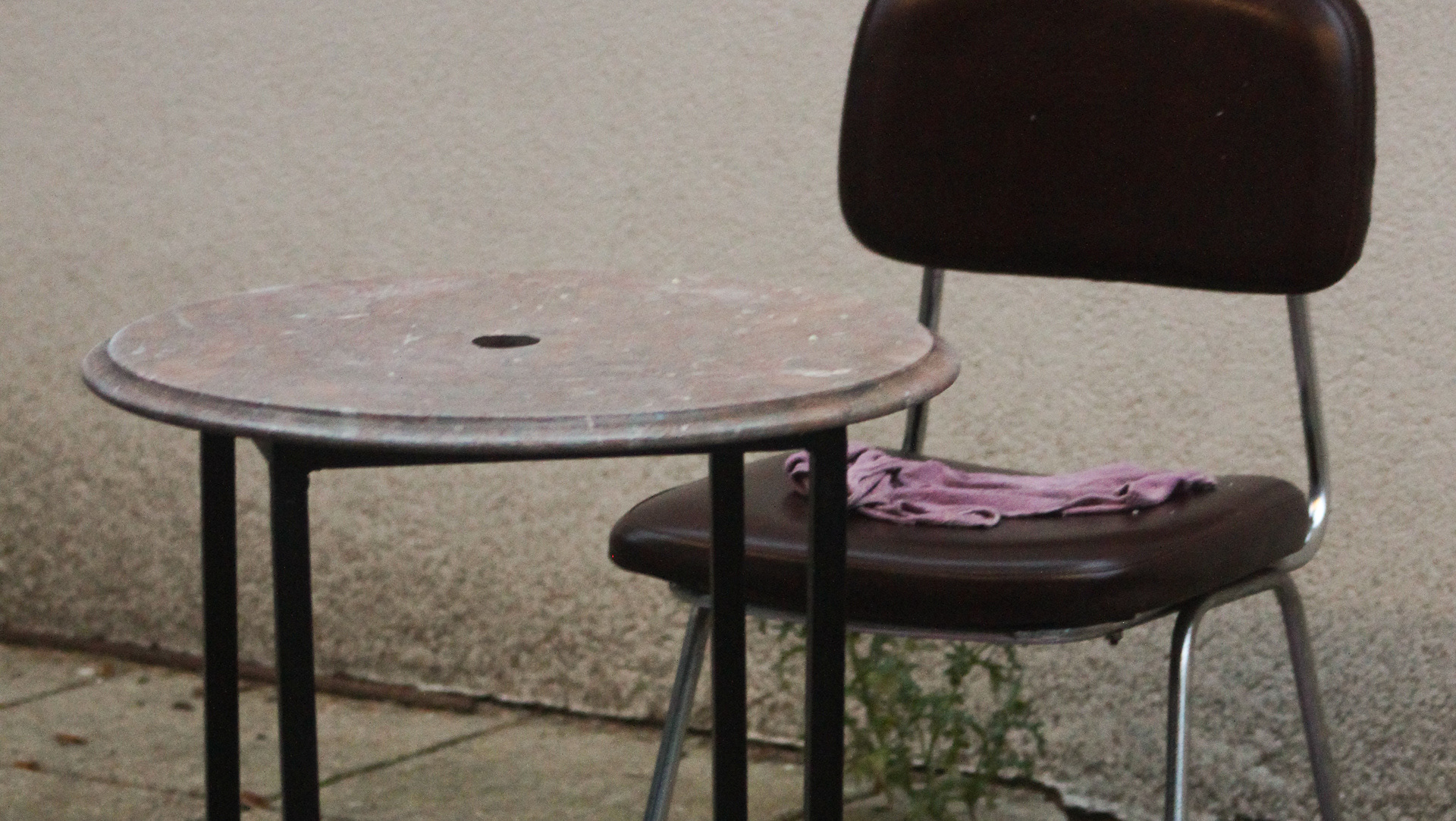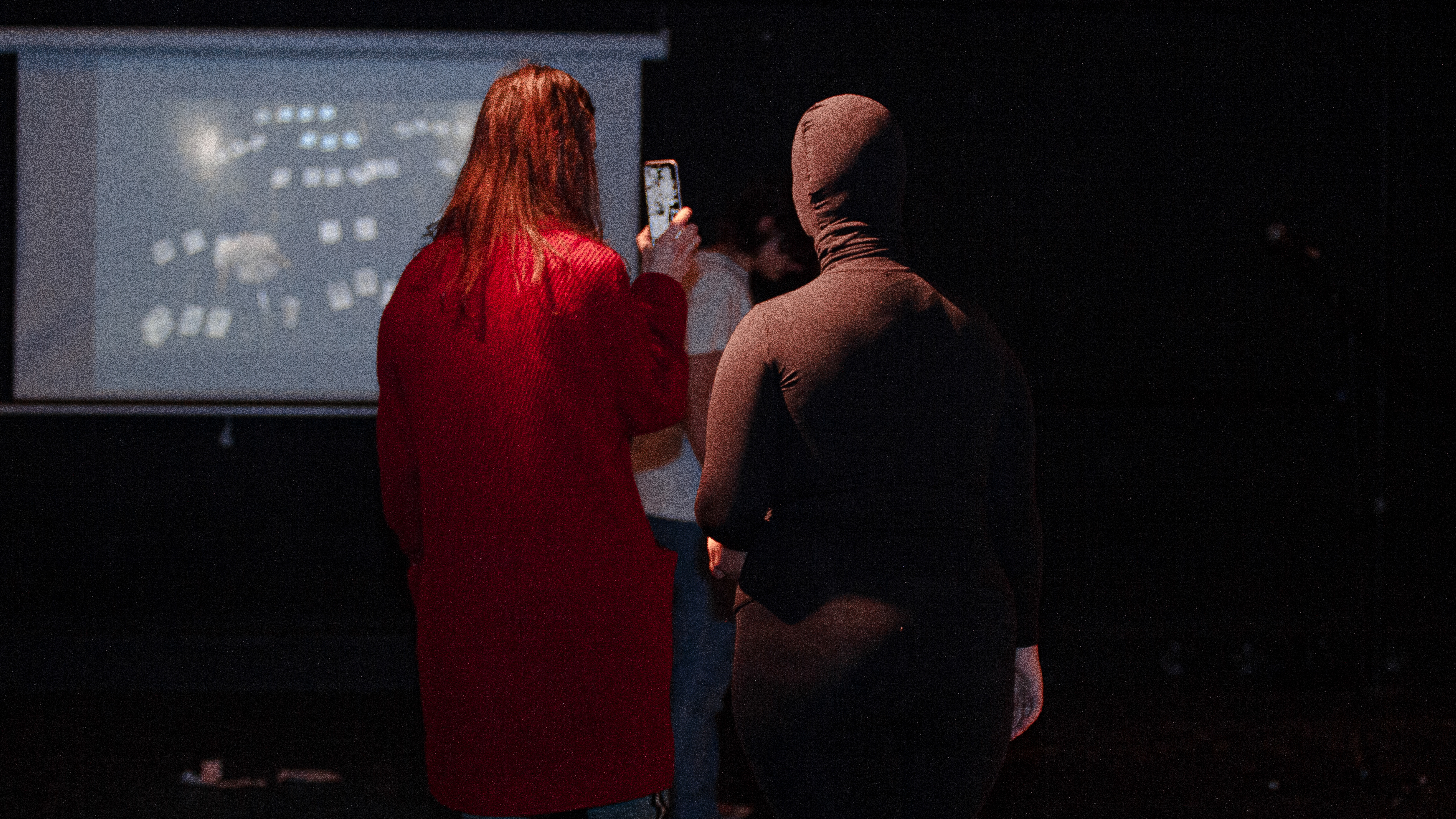“O Fado que não é meu” começou pelo reencontro do livro de poemas da minha avó. Desde sempre o conheci, mas recentemente olhei para este, abstraindo-me do carinho que tenho pela pessoa que o escreveu. No livro, encontramos desabafos e cartas para os seus amados, com um vocabulário dócil de uma senhora que estudou até 3º classe, (não mais que isso, pois teve que ajudar os pais com o seu trabalho numa altura de regime salazarista) a minha avó aborda as suas dificuldades sobre ser mulher.
O reencontro com o livro fez-me questionar a minha identidade como mulher, a relação e semelhanças com as minhas familiares. A realidade da minha avó é inimaginável para mim. Cresci a ouvir suas histórias sobre um passado que não era o meu mas onde os medos e sonhos acabam por ser os mesmos. Este projeto é uma procura de uma identidade que também é minha. Uma reflexão perante as cartas da minha avó, pessoa que não escolheu o seu percurso de vida devido às suas obrigações domésticas.
A instalação encontra-se dividida em três espaços envolventes. Todas as peças da instalação tem uma identidade singular, mas juntas criam uma proximidade de uma realidade pouco questionada por muitos e bem mais por outros.
O espectador é absorvido pela narração das histórias da minha avó, relato vivo que o leva a refletir sobre o seu percurso como trabalhadora.
Encontramos também um livro que cruza as palavras dos seus poemas e o trabalho que desenvolvi neste processo de reflexão.
O “Brio de mulher”, recria a corda que suporta e segura os fardos domésticos, remetendo para o estendal caseiro, construído com materiais existentes no quintal.
The faith that isn't mine” began through the reencounter of my grandmother's poems book. I have known it since always but recently I looked at it with different eyes, abstracting myself from the sweet image of the lovely person who wrote it. In the book, we find letters to her loved ones, with a sweet vocabulary from a lady who only studied to the 3º grade, (She didn't study more than that because she had to help her parents in a fascist time, salazarista time) she talks about the difficulties of being a woman.
This reeconter made me question my identity as a woman, the relation and similarities of my female familiers but, the reality of my grandmother is unimaginable to me. I grew up hearing her stories about a past that wasn't mine but the dreams and hopes are still the same. This project is the search for an identity that is also mine. A reflection towards her letters, the person who could not choose her life course because of her domestic responsibility.
The installation is divided through three different surrounding spaces, every piece has a singular identity but all together create a closeness of a reality questionable to a lot of people and less by others.
We can find a book that crosses the words of my grandma and the work that I develop in the process of reflection.
“Brio de mulher” is a portuguese expression that means that the female feels obligated to make things for others, “brio” is doing something with perfection and responsibility. I called one piece that way because I grew up hearing that only women have that “brio”, almost like a maternity obligation to care. The piece recreates the string that holds the domestic dutty, forwarding the homemade hanger built with the existing materials in the yard.
Brio de Mulher
Wood, canvas, stone, nylon, aluminium.
2,10 x. 2,20m
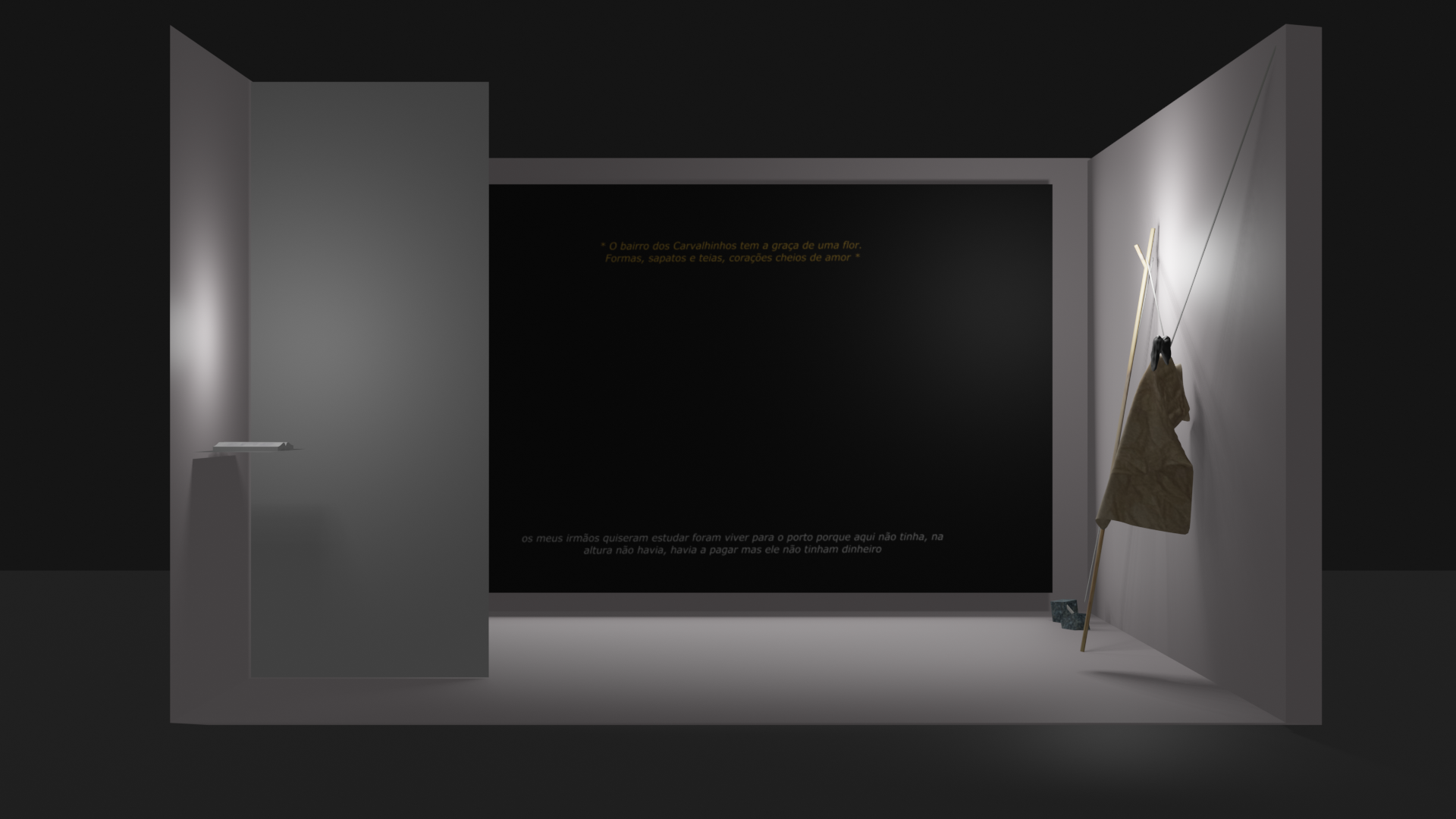
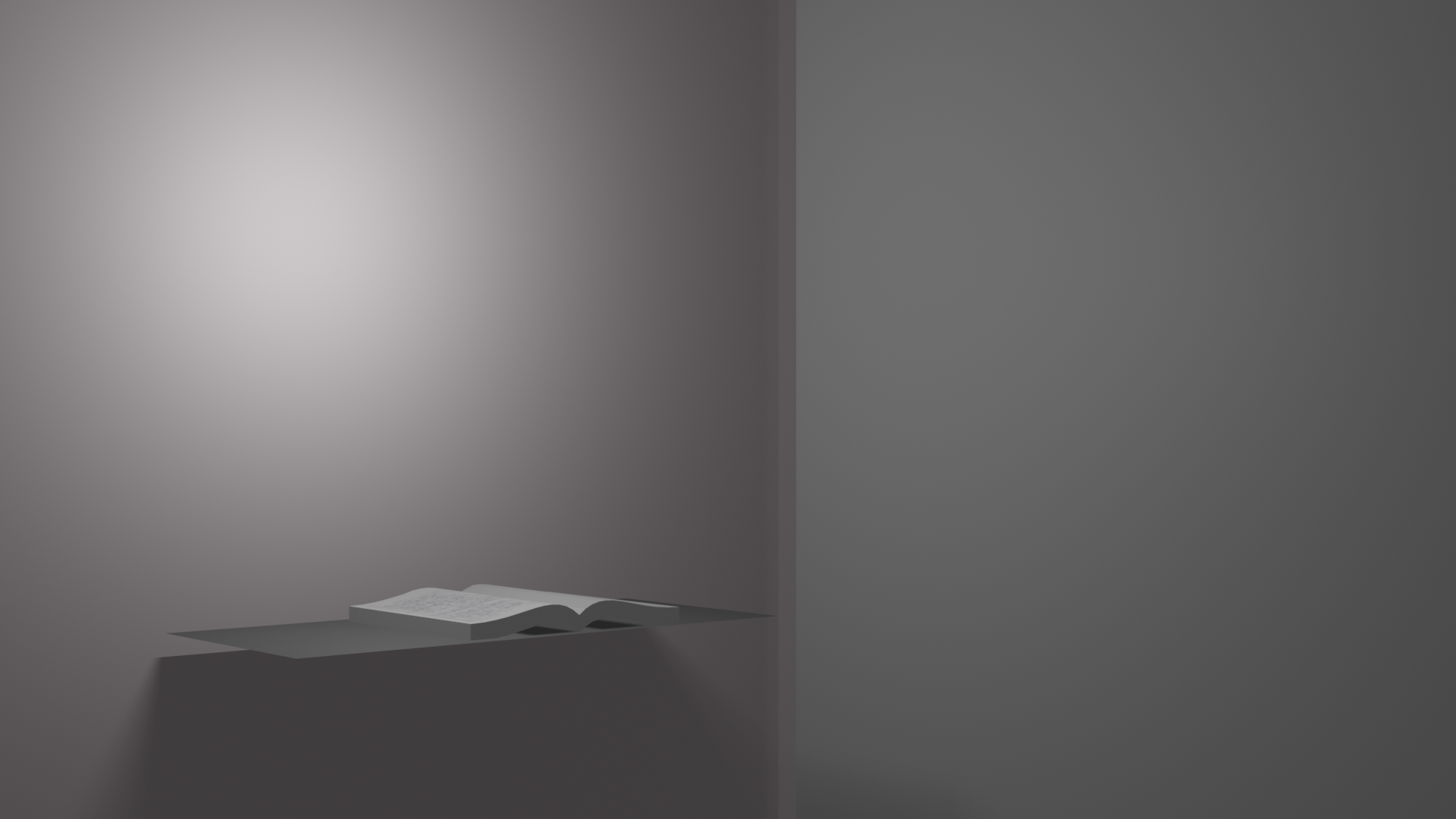
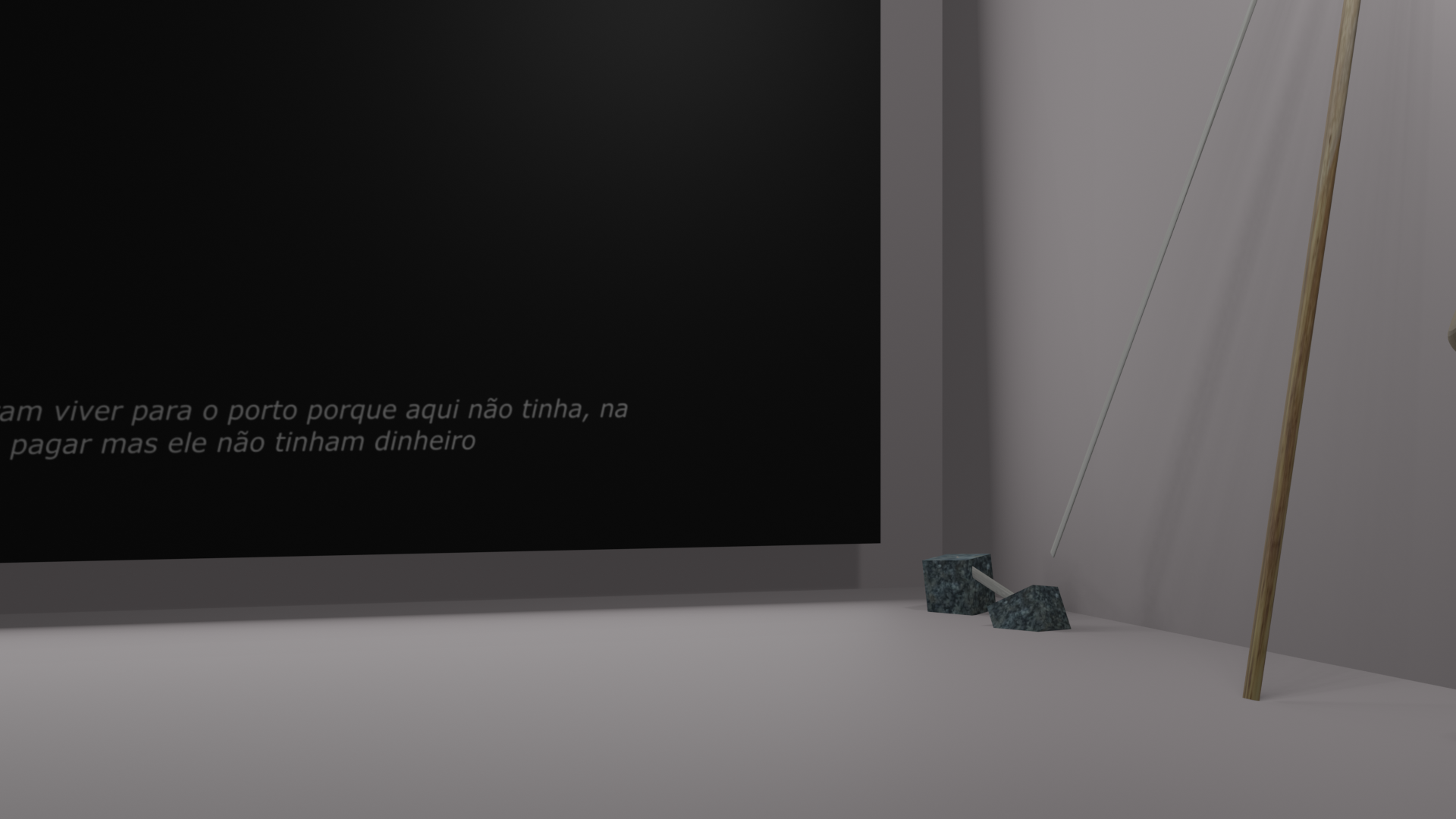
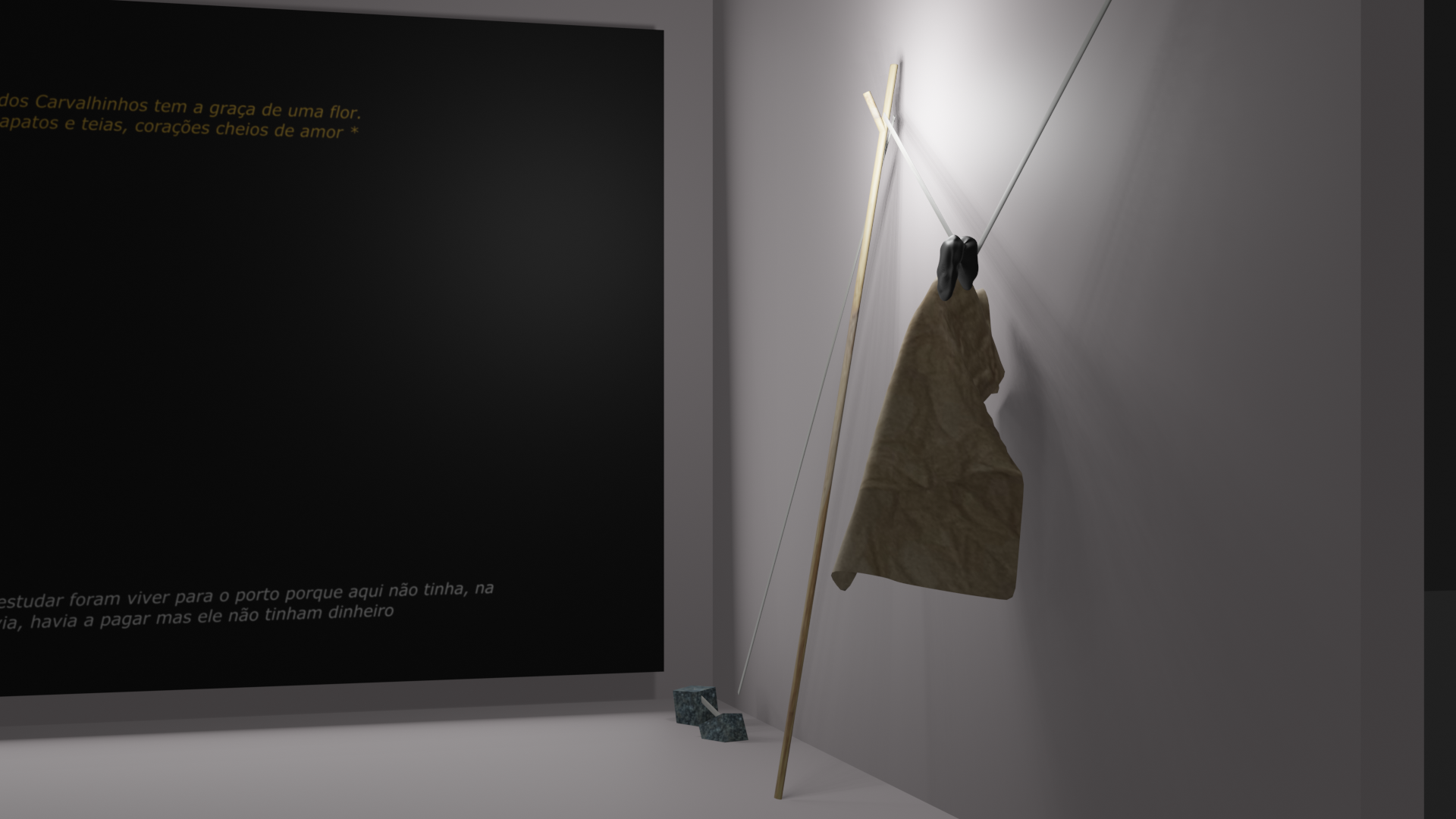
Exhibition in Felgueiras
(design by Ana Leite: @aleite.design)
